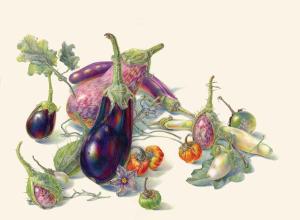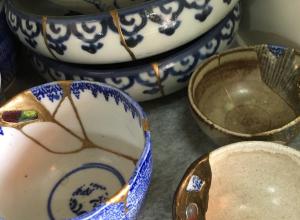Hao’s dynamic paintings, full of slashing lines, curvaceous shapes, and light that feels almost solid, reconstructs personal narrative practices– addressing themes such as female desire, sexual violence, bodily trauma, and medical pathology. Art & Object got to discuss Hao’s art and practice with this fascinating artist.
Megan D Robinson: How are light and color important to your compositions?
Wenhui Hao: I construct complex, multi-layered spaces through the arrangement of light and color. I am fascinated by the stark contrasts that emerge when the same object is cast under different lighting conditions. Intense light allows me to capture a richer spectrum of colors. Highly saturated colors lend a fragmented, yet smooth, quality to my expression— a visual language that also metaphorically reflects how contemporary humans absorb information and process thoughts.
When light dims, the contours of objects gradually blur, replaced by a sense of ambiguity between the real and the unreal. At this point, I become more drawn to space— what lies ‘behind the objects.’ In my work, the aesthetic and construction of spatial depth are influenced by my study of Chinese landscape painting.





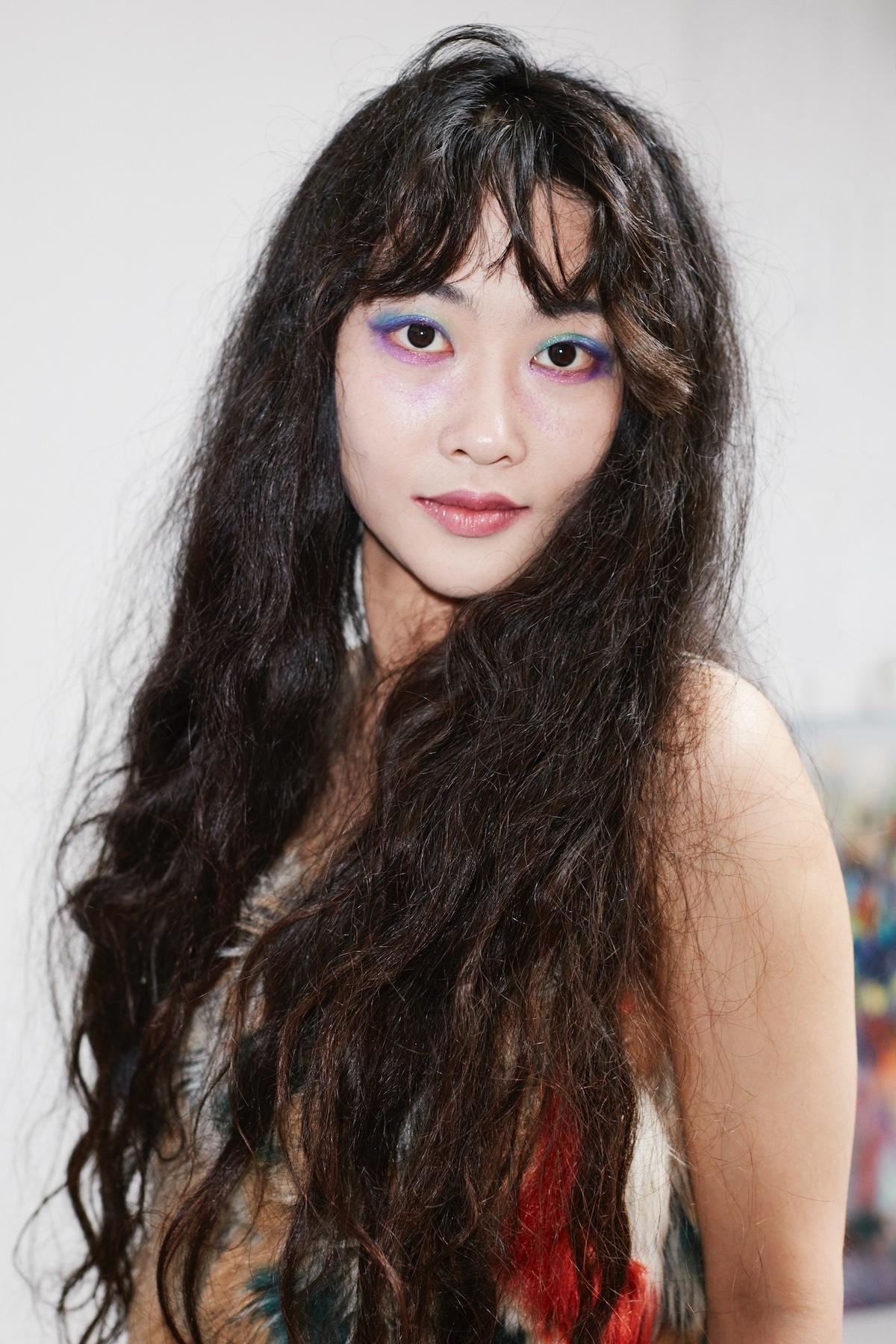

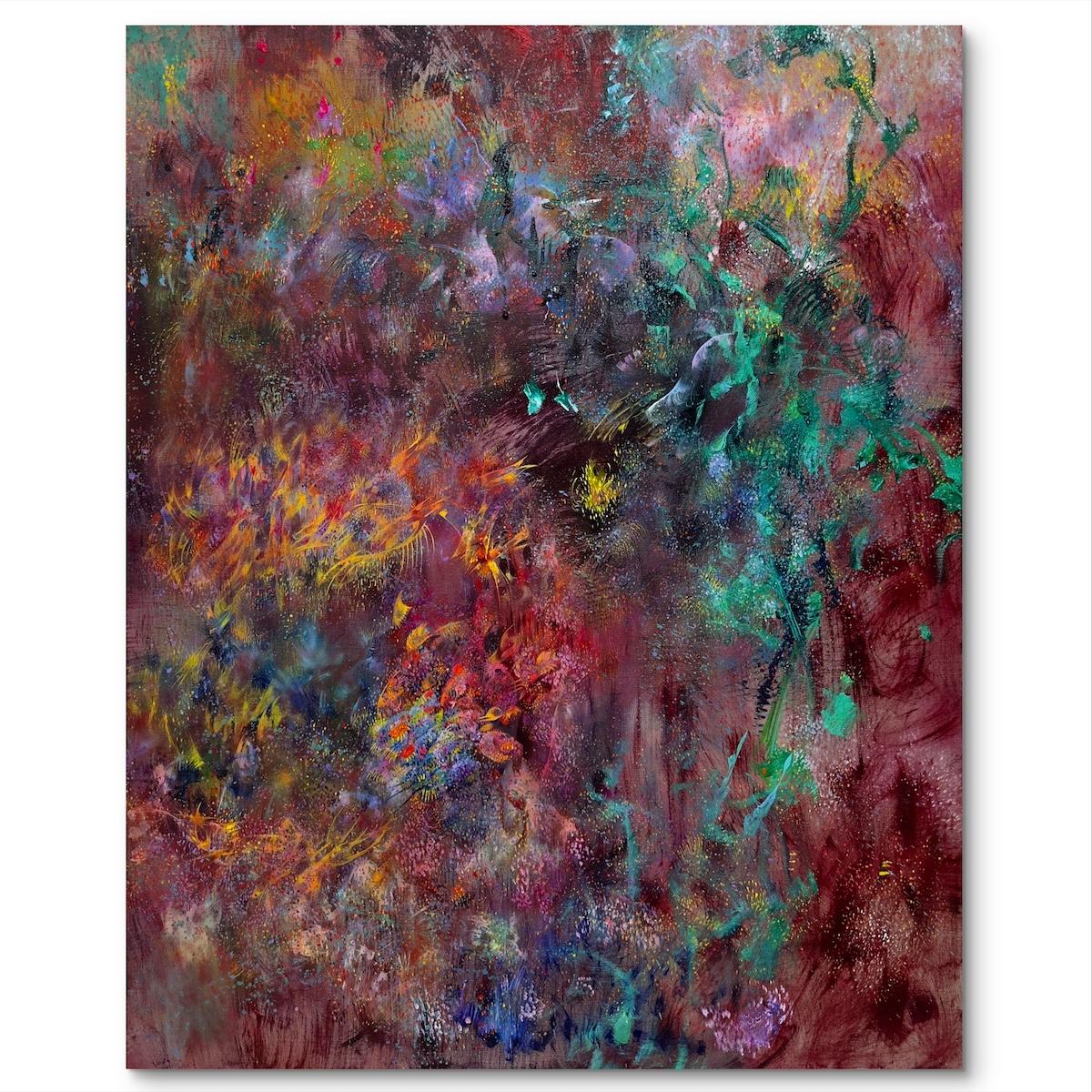
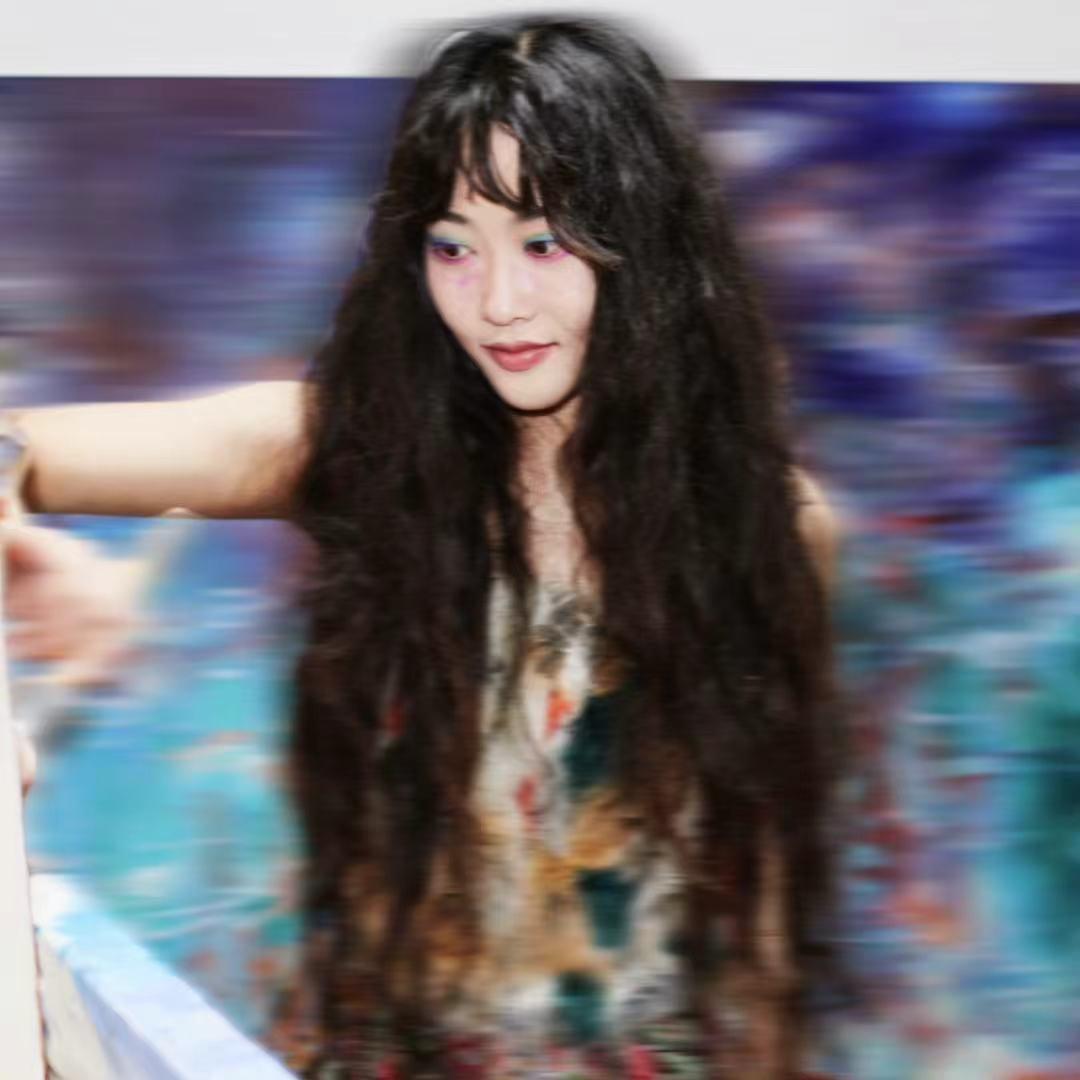

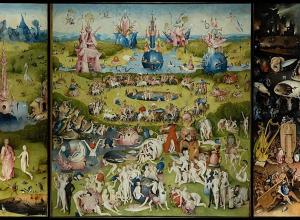
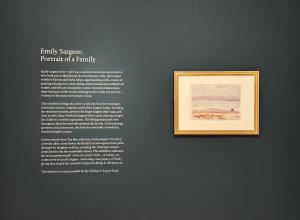
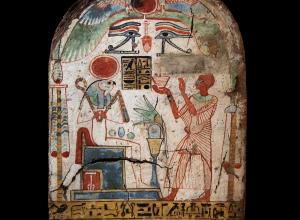
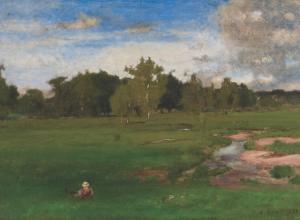
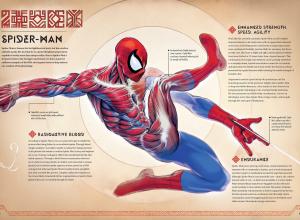
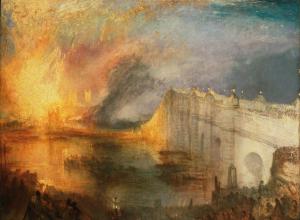
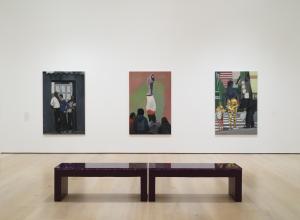
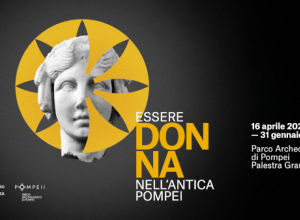
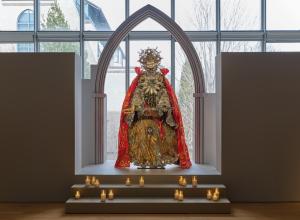
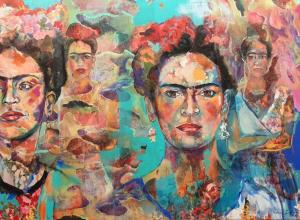


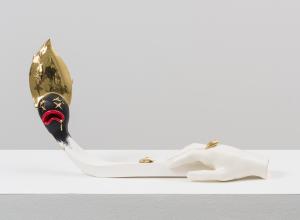
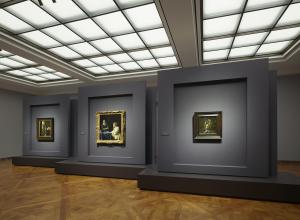
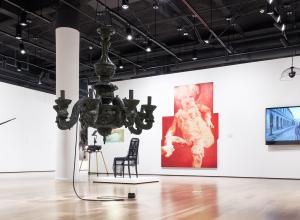
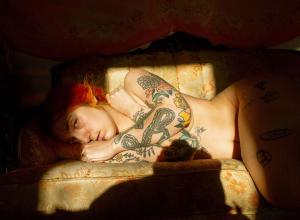
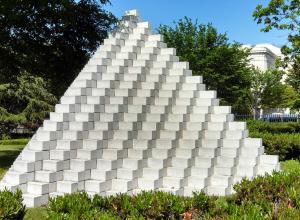
![Merina [Pop Chalee] Lujan, Taos, 1906 – 1993, Yellow Horse, gouache on paper, 13 1/8 x 18 1/8 in. (33.3 x 46 cm.) Estimate: 1,000 – 2,000](https://cdn.artandobject.com/sites/default/files/styles/image_5_column/public/4630-58.jpg?itok=kBAYkc0u)
